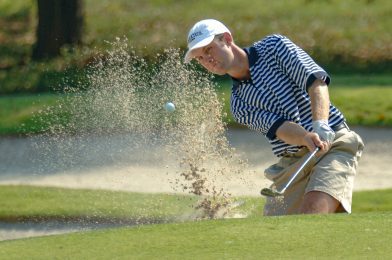What Does it Mean to Capture the Moment? When we talk of capturing the moment in photography, we reference the feeling, emotion, vibe, atmosphere, or photo. And that comes from more than just the subjects or the scenery; it comes from the photographer, too.
It’s essential to capture these moments because they’re fleeting and forgettable—it may take a year or more to forget them. Still, without a timeless visual reminder, you can lose the feeling and never dig it up again. A photo can bring back the emotions, memories, and scents attached to the image.
It’s Called Anticipation
In photography, looking into the future involves imagining with high probability how the scene will play out in a time that’s later than “right now.”
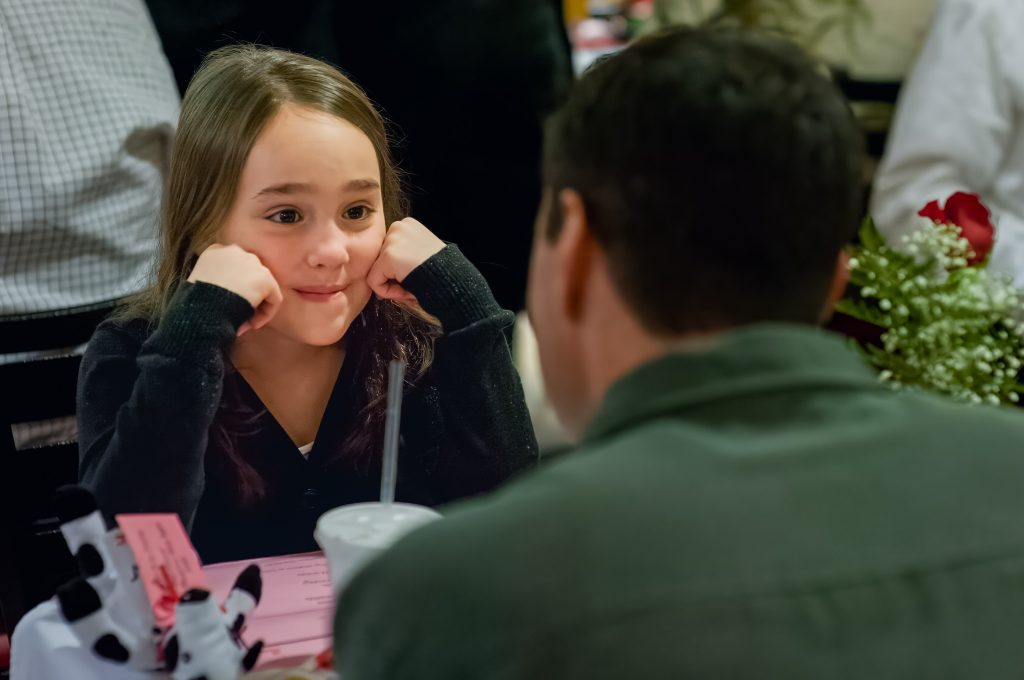
When most people take their first photographs, they react to moments. Isn’t that so cute? Then they reach for the camera. They may love the photo because it is a memory jogger for them, but other people do not look at that photo and get the same feeling. The reason is that what made the moment “cute” is gone.
Anticipation is a skill that all great photographers use when searching for the right moment to press the shutter release.
Even if you are not a sports fan, you can understand why I use sports as a metaphor for how to anticipate a moment.
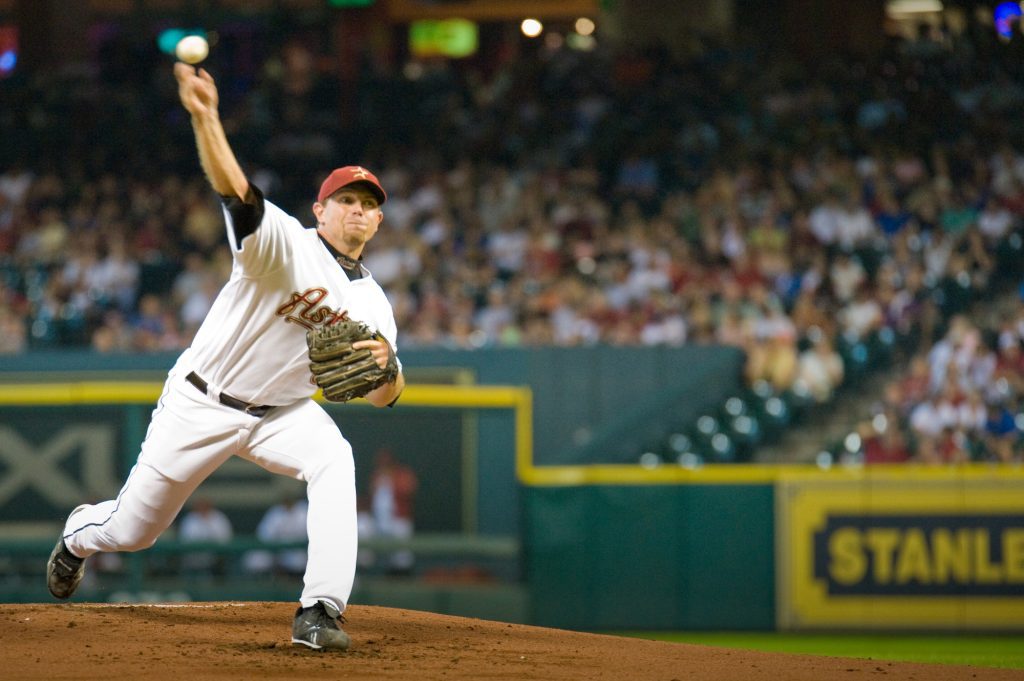
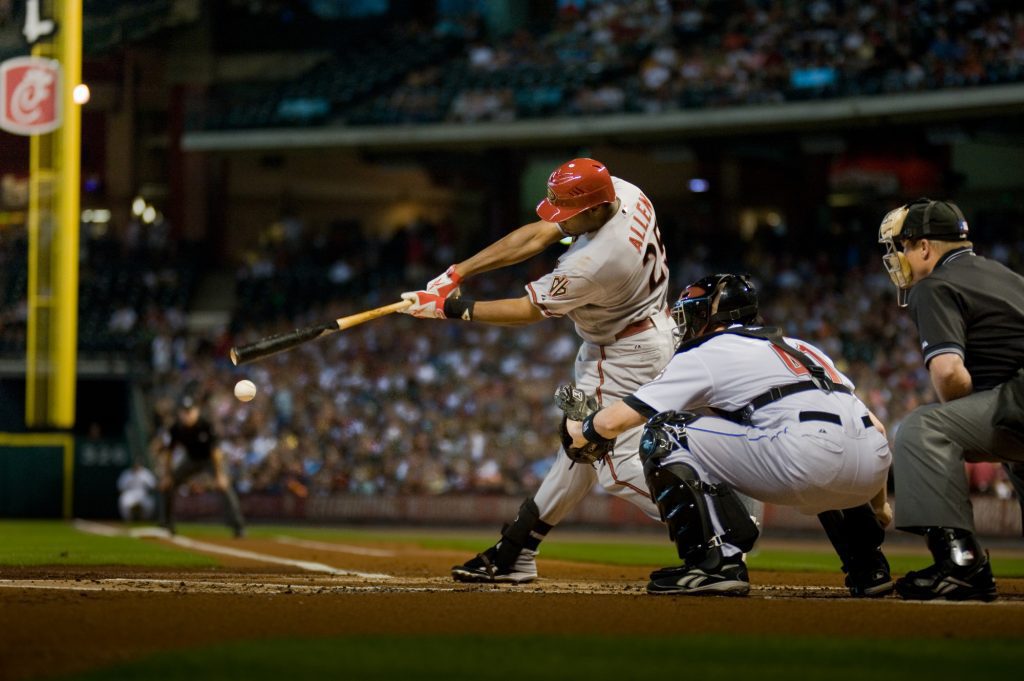
We know in baseball when the pitcher will throw a pitch and even when the batter will most likely swing. You can get in position with the right camera and lens and have the photo well composed. What decides when you push the shutter button is showing the pitcher in their windup or release of the baseball to home plate. If your camera is focused on the batter, you know that you must push that shutter release the moment you see the batter start to swing to capture the ball’s crack on the bat.
You can follow the action in sports because it is usually where the ball is in the game. I recommend new photographers shoot sports to get your sense of the moment by squeezing the shutter release so that you are getting those “moments.”
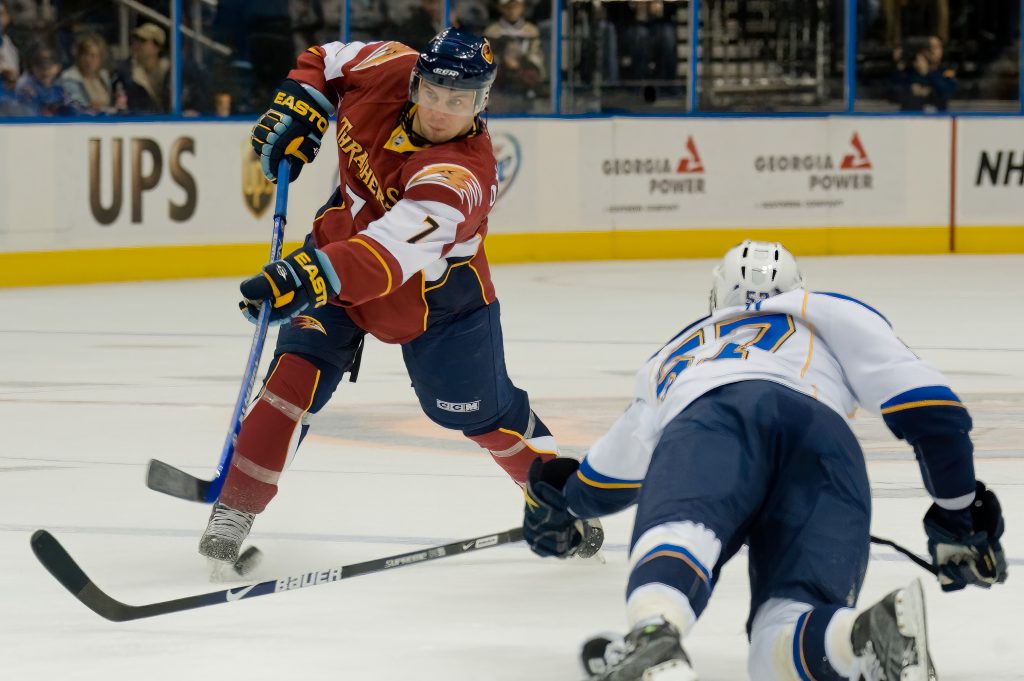
No matter where you are, there is an invisible ball at play. When people are conversing with another person, it is the same as a pitcher and a batter. One person comments, like a pitch, and the other person swings, like the batter.
People Watching
People-watching or crowd-watching is observing people and their interactions. It involves picking up on idiosyncrasies to interpret or guess another person’s story, exchanges, and relationships with the little details they have. This includes speech in action, relationship interactions, body language, expressions, clothing, and activities.

Studying body language can be very helpful in broadening the way you shoot and being more effective in your photographic storytelling, establishing mood, and heightening your awareness of how your clients and audience likely perceive the moments you capture (even subconsciously). You can use this knowledge to direct your subjects, aid in your observations, and know when a moment is right to illustrate your story or vision.
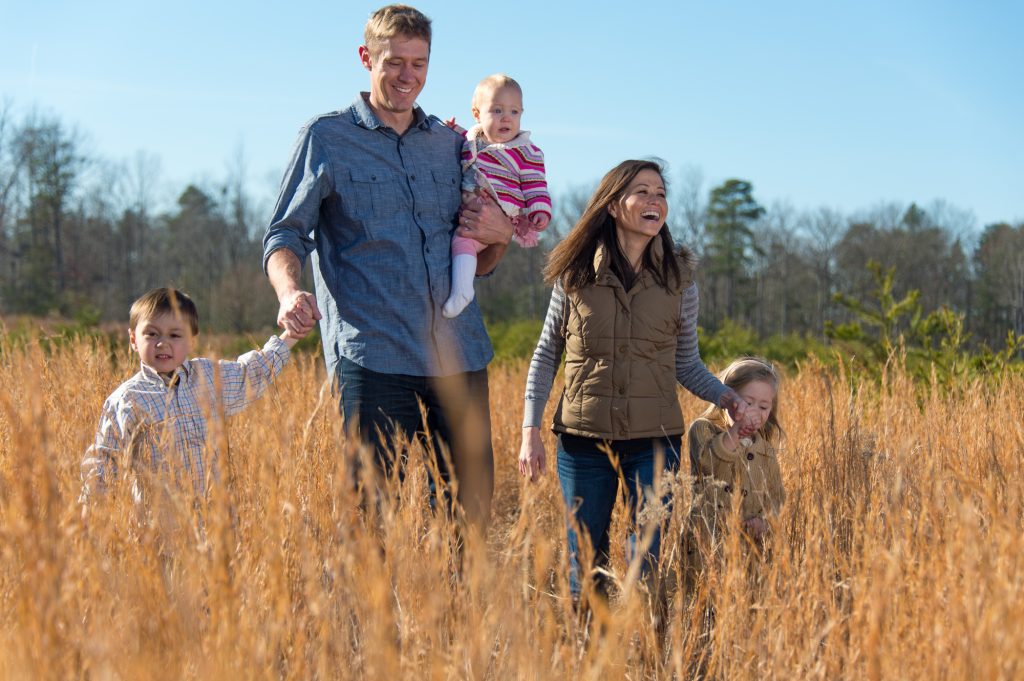
Many psychologists believe that non-verbal communication reveals as much or more than talking. People’s physical appearance, how they dress, and how they move and position themselves speak volumes. Much of what happens with body language is unconscious. People can monitor and control it to a certain degree. Still, often, their physical movement conveys their feelings when they aren’t verbalizing them, even when they don’t want to or can’t verbalize them because those feelings are unconscious. For example, research suggests that people, without even realizing it, lean slightly forward when thinking about the future and slightly backward when thinking about the past. This is because the body doesn’t know how to lie.
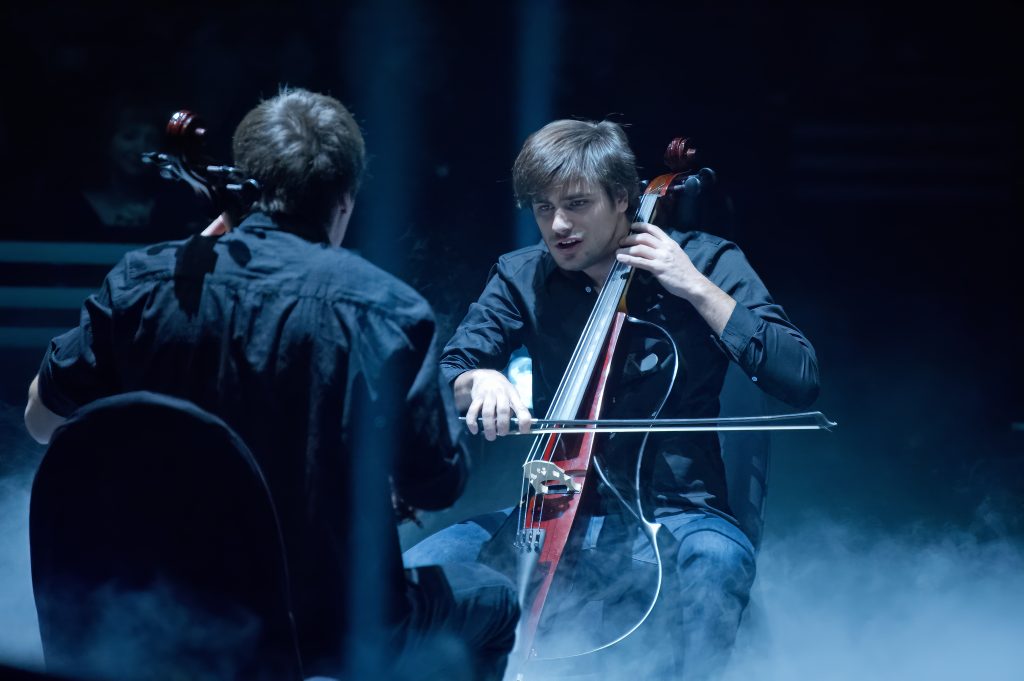
Two Tips
My two tips for capturing the moment are first aesthetic and second technical. But, of course, you must first have a sense of curiosity about the world in which you live. So, let’s start with something that gets you excited.
Many people taking photos will concentrate on nature, while others may focus on sports. So, pick a topic that gets your heart racing.

Someone who loves wildlife and nature will know when the best time to take photos is. For example, if you love wildlife, your curiosity will have you researching the best times and places to capture an image. Bird photographers know where to find those birds, and many even know how to attract a bird to get those photos. For example, they may put food out and wait for the birds to start coming to the food. They will have even anticipated which branch they will perch on before eating to get that photo.
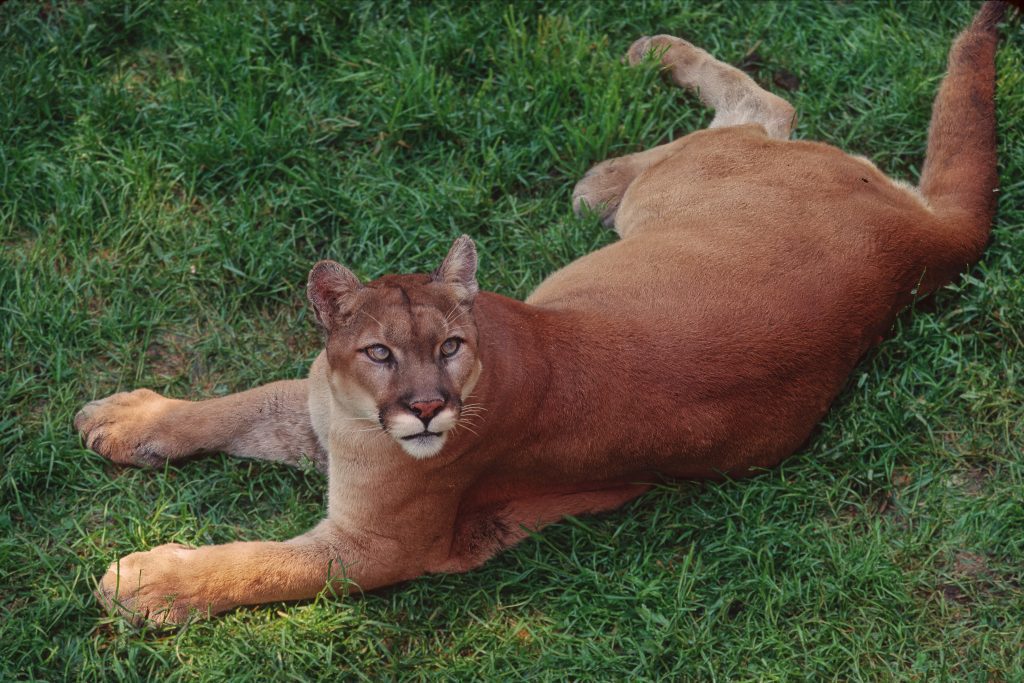
So whatever your subject, become an expert in that subject. If it is your family, you may already know enough to start shooting.
The technical part of getting those moments is mastering squeezing the shutter release to get the “moment.” Part of that is knowing how to set the camera to get good exposure and position yourself to have the light work for you.

As you can see, capturing the “moment” is more than just seeing something and clicking. I hope you now know that those who capture “moments” consistently see the subject and anticipate those “moments.”

